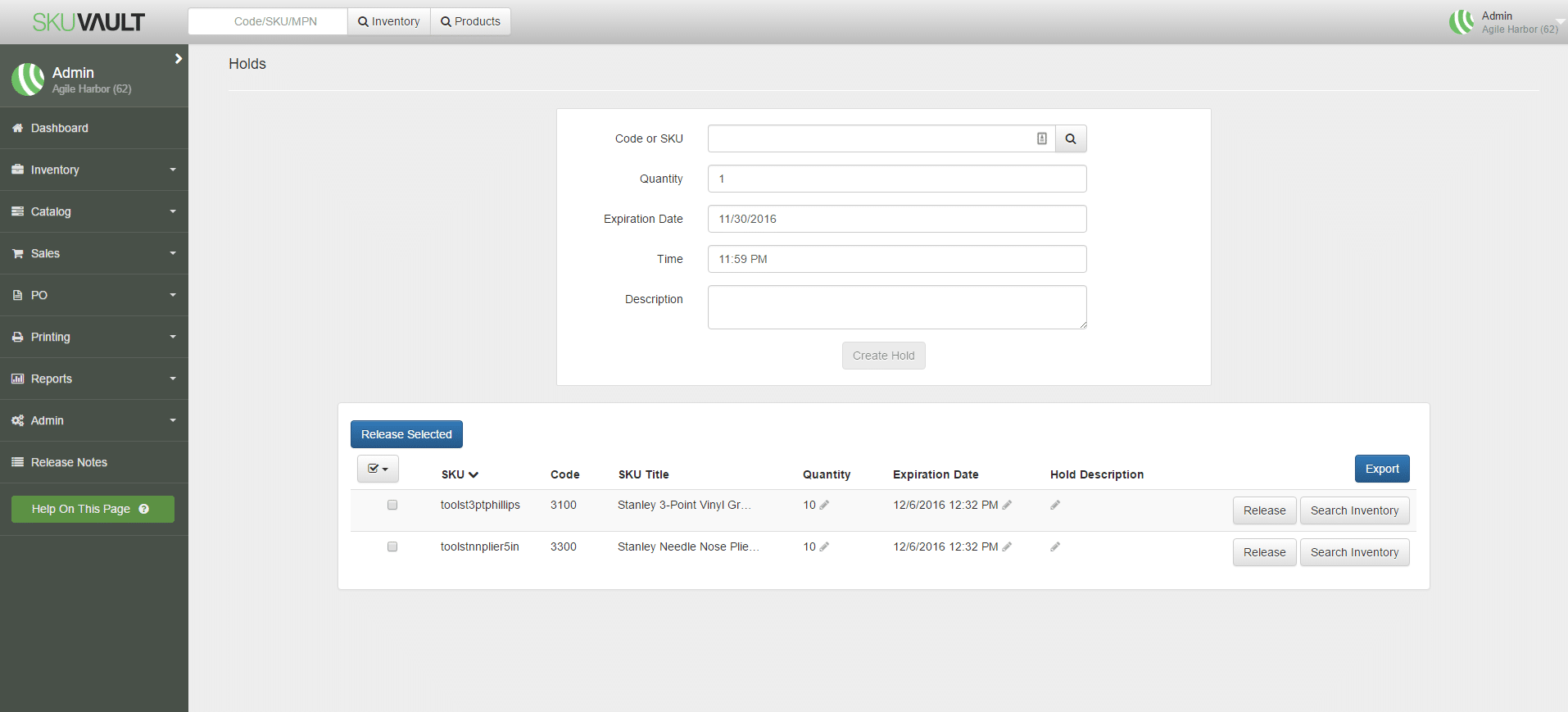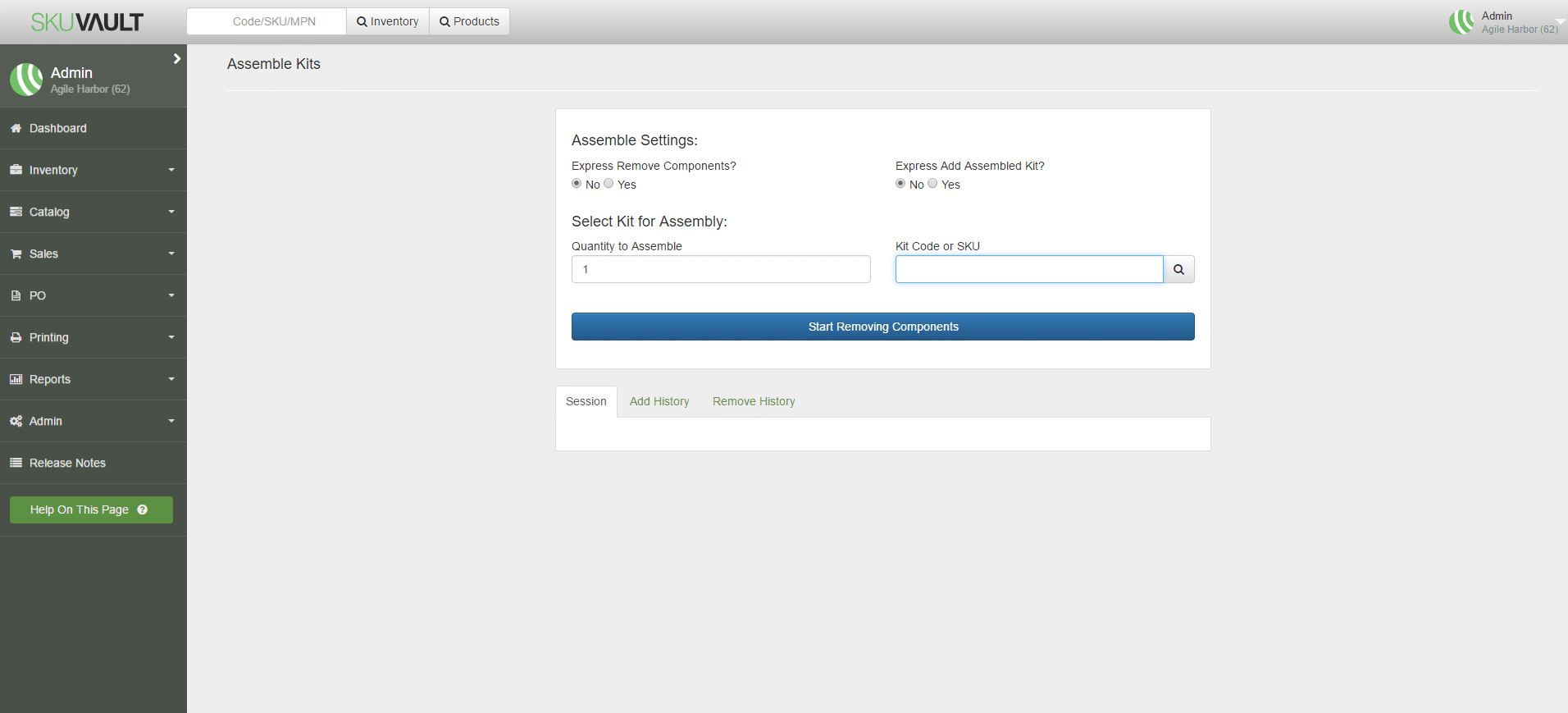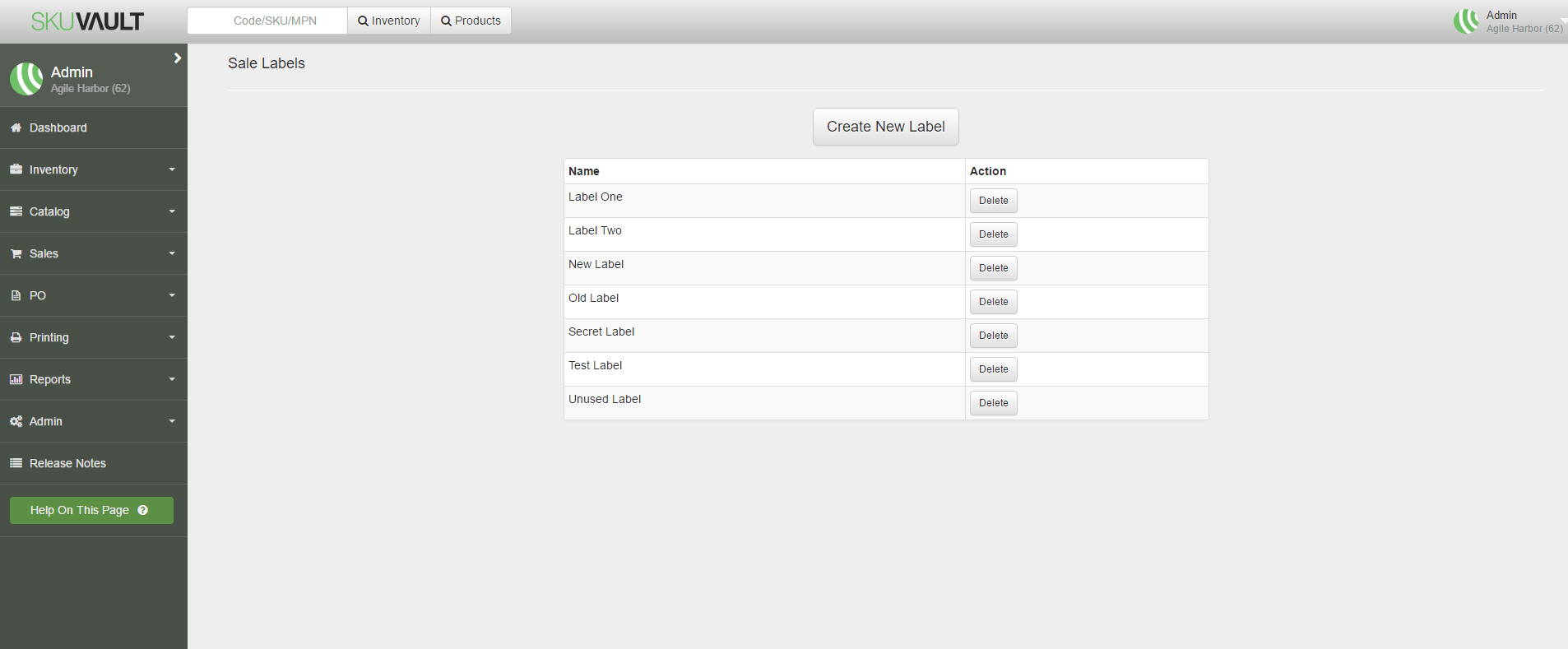What is SkuVault Warehouse Management Software?
If you’re new to SkuVault, welcome! This post will be your helpful guide into a look at what we do, who we work with, and how to use our warehouse management software. If you’re already a client, it never hurts to brush up on the basics.
What is SkuVault?
SkuVault is a cloud-based inventory and warehouse management software designed to reduce inventory out-of-stocks and increase warehouse operation efficiency with eCommerce integration capability.
What is Inventory Management?
Inventory management is not the easiest phrase to explain, but it’s basically any process needed to keep an accurate count of all inventory quantities. This means everything from how much quantity is on hand to how much is available to sell.
Warehouse Management System Key Phrases
If you’re not familiar with warehouse management software jargon, some of the phrases found on SkuVault’s website may be hard to understand. Lucky for you we’ve rounded up a list of common phrases and their definitions to make navigating our site easier.
- Product: represents a physical item, which can be a raw good or finished good of any quantity.
- Inventory: used when referring to product quantity.
- Location: a place within your warehouse where items can be found.
- SKU: or stock keeping unit, is an identification code for a store or product that helps track the item for inventory.
- 3PL: or third-party logistics, is used to describe third-party services like FBA on Amazon, that outsource elements like fulfillment services.
- Quality control: a process used in the shipping department to check for inventory accuracy before an item goes into that customer’s shipping box.
- Kit: a group of items sold as one SKU through your marketplace(s).
- Channel: any software, marketplace, listing service, or webstore that integrates with SkuVault, like Amazon, eBay, etc.
Most Loved Features
When you’re looking to purchase warehouse management software, there are a few standard features that all systems have in common, such as picking, receiving, and counting. But it’s the individualized features built into systems that make them unique. Here’s a few of our inventory management techniques customers seem to enjoy.
- Real-time quantity syncs. When you’re selling items on multiple sales channels, such as Amazon and/or eBay, the real-time quantity syncs feature reflects a sale across all channels. For example, if you sell a purse on Amazon and you also sell that purse on eBay and Jet.com, the sale from Amazon will reflect the quantities left across your other sales platforms in real-time. With real-time quantity updates sellers reduce the risk of misrepresented item quantities which lead to out-of-stocks and undersells, which ultimately result in poor customer satisfaction.
- Product kitting and bundling. In simple terms, product kitting occurs when individual items are assembled together to create a kit or bundle, like a packaged first aid kit filled with lots of individual items sold as one set. Product kitting is great because even if you don’t have all the items needed to create a kit, you can use alternate kit line items. This means if you have two branded items in a kit but the third item is unavailable, you can use other alternate line items to fill the third item in order to still have the bundle for sale. For more information, read this post about product kitting.
- Advanced reporting. This feature covers a wide range of topics involved in inventory management, such as which items sold better each week, how much money was made on specific SKUs, and brand reports on the best performing brands and product types. Advanced reporting is beneficial to clients because it helps them forecast out exactly what they’re going to need and when they need to order items.
- Quality control. If you don’t already have someone to check the accuracy of packages before shipments, the quality control feature is a great option. Packages are checked against the original order for accuracy of SKU, quantity and a check for wear or damages before being sent to the shipment station. This is hugely beneficial in eliminating human error.
Warehouse Management System Partners & Integrations
- ShipStation. Like SkuVault, Shipstation is a web-based software that helps customers process, fulfill, and ship orders from marketplaces like Amazon and eBay and shopping cart software like Shopify and Magento. SkuVault works with ShipStation by pulling in your orders with information about which sales channel the order came in from. This feature also allows you to create a picklist for quicker navigation around the warehouse. Customers can print packing slips or labels out of SkuVault, powered by ShipStation, based on real-time location of items.
- Shopify Plus. This eCommerce software is a platform designed to help companies sell online and create their stores online. Again, SkuVault syncs your quantity to Shopify Plus to be automatically updated, which helps deter oversells and undersells. If you’re selling on sites like Amazon on top of selling through the Shopify store, SkuVault has connections to shipping software like ShipStation. This integration provides the tools to build an online store from the ground up with the security of accurate inventory via SkuVault.
- ChannelAdvisor. Calling all multichannel sellers! This software is for you. ChannelAdvisor is a channel management solution that helps customers run their multichannel online businesses. SkuVault pulls your orders and data in from ChannelAdvisor to ensure inventory counts are accurate. The real-time quantity syncs feature comes into play here. ChannelAdvisor tracks inventory quantity across all your chosen marketplaces, so if you make a sale on Amazon that new quantity will be reflected on eBay and Jet.com, too. This is accomplished through our integration to make sure what’s in your warehouse is reflected online across all marketplaces.
- QuickBooks. QuickBooks is the solution for your online business accounting needs. They help track the money coming in and going out. The SkuVault/QuickBooks integration allows customers to schedule and post online sales from sales channels or SkuVault into QuickBooks. SkuVault also automatically updates your inventory and sales information from sales channels. Customers love this integration because everything is automatic instead of manual, eliminating the risk of human error and increasing time for other areas of your business.
Software Shortcuts
Diving into a new software can be daunting. Here are a few shortcuts to navigate your way around SkuVault when you may feel lost.
Place inventory holds for things like Groupon orders that may sell out quickly. Holds help prevent oversells.

Combine various line items to create kits.

Create sale labels for your shipping integrations.
